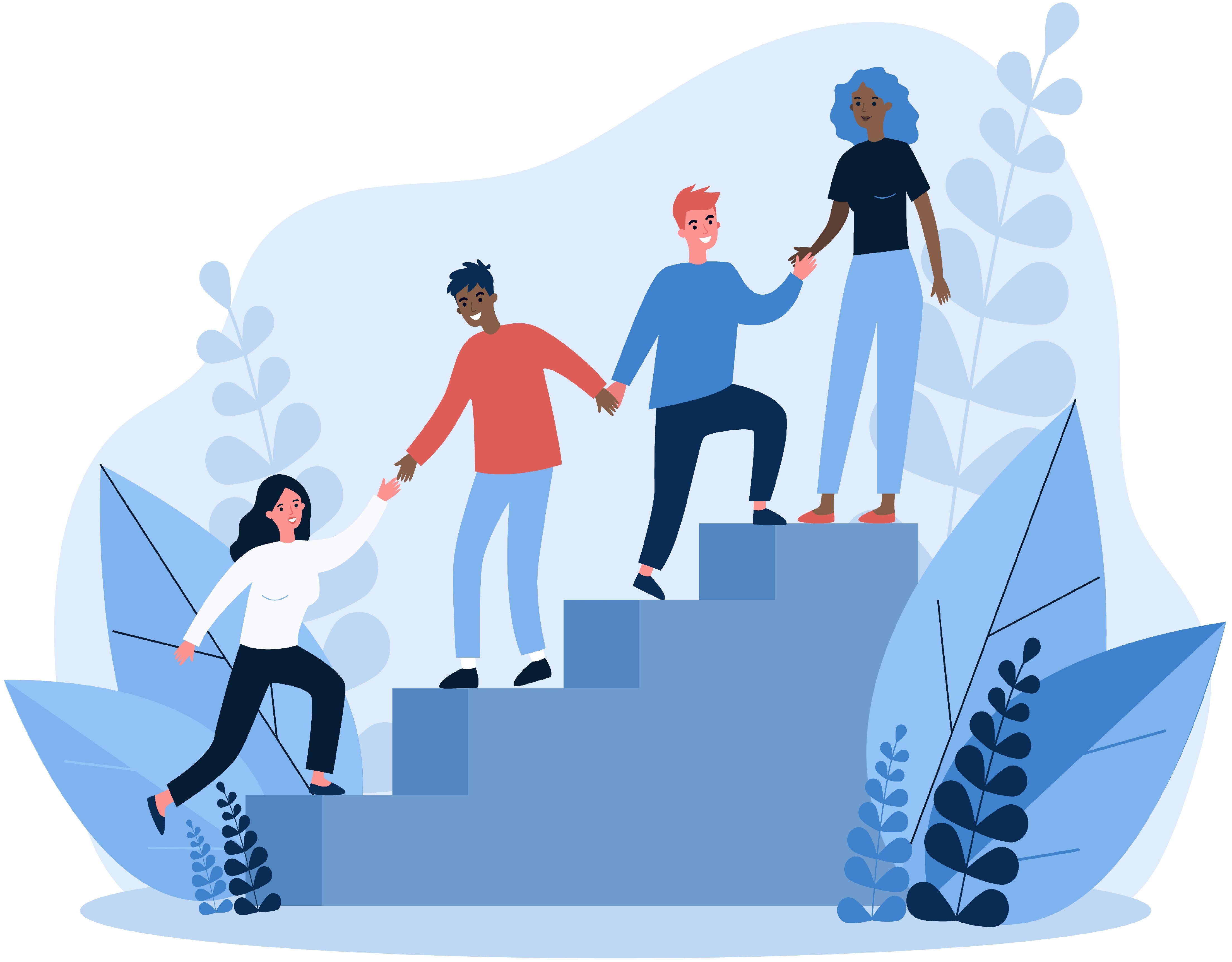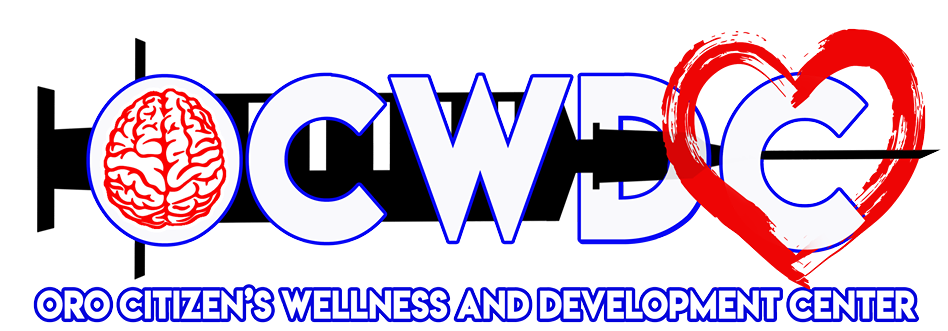Transferability and Sustainability

Legal Support
- Ordinance No. 13292-2017. An Ordinance Promoting a Drug-Free Workplace in the City of Cagayan de Oro Through the Conduct of Mandatory Drug Tests to all Officials and Employees of the City Government of Cagayan de Oro, and for other Purposes.
- Ordinance No. 13712-2019. An Ordinance Establishing the Cagayan de Oro City Screening Drug Testing Laboratory; Defining Its Functions, Operations and Administration; and for other Purposes.

Alternative Narrative
to the EJK
The rehabilitation and aftercare programs became an avenue where law enforcement agencies come together with the quest to help fight the battle against illegal drugs in the most humane way as the PDEA and COCPO joined forces and have been more visible in the CBDRP conducting orientations, lectures and monitoring among others. Take the case of Carmen, a fish vendor from Cagayan de Oro City, who was enticed to sell and use drugs with the promise of a better life. Unfortunately, this led to her drug addiction and her husband’s incarceration. She was left struggling in her role as a wife and as a mother. In 2017, Carmen enrolled in the Community-Based Drug Rehabilitation Program (CBDRP) and successfully completed the Aftercare Program. She is now an active volunteer in the CBDRP helping others to recover like her. Carmen’s story is one of many in Cagayan de Oro that inspires hope. There is life after rehabilitation. Recovery is possible.

Collaborating for Funds
When CADAC and the Oro Citizen’s Wellness and Development Center started in 2016, there was not enough funds to support the rehabilitation and aftercare program understanding that many were not prepared when the present administration waged a war against drugs. Despite this, the LGU was able to create programs and activities through the help of various partner institutions. The lack of resources was an opportunity to create a linkage and collaboration with other agencies such as DOH for the provision of drug test kits, TESDA for the provision of skills training, and DSWD for the supply of rice or food packs for the responders and their families, and the help of other non-government organizations as well.

Stigma
Drug addiction is a chronic and relapsing disease. Many who have completed the program strive hard to maintain their sobriety as recovery is a lifetime process. This is quite clear as despite the data showing 7,020 surrendering drug users, not all joined or even completed the program. PWUDs fear to come out of the open and admit their problems on drug use. Yet, our hopes are high that completers of the CBDRP will be the ones to pay it forward as they send a message of hope to their fellow drug users that indeed change is possible and there is life after drug rehabilitation.



